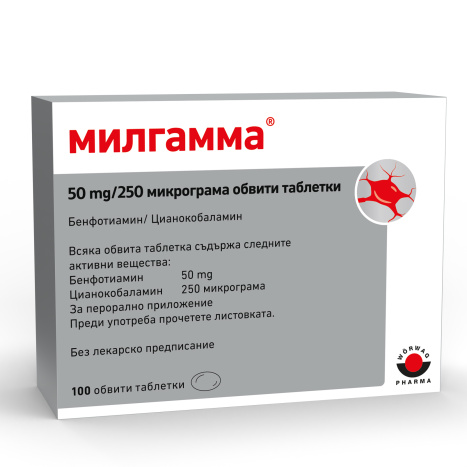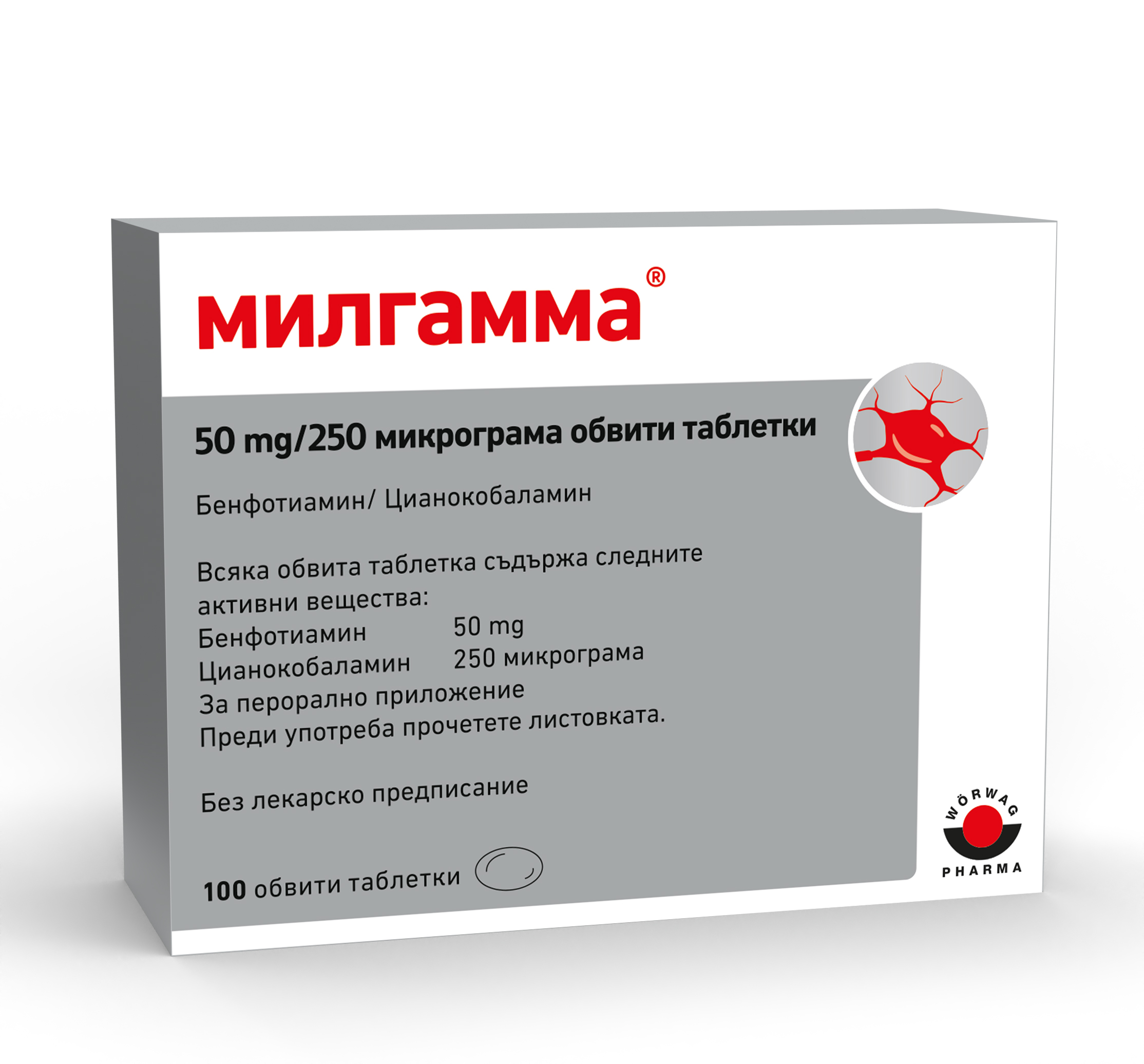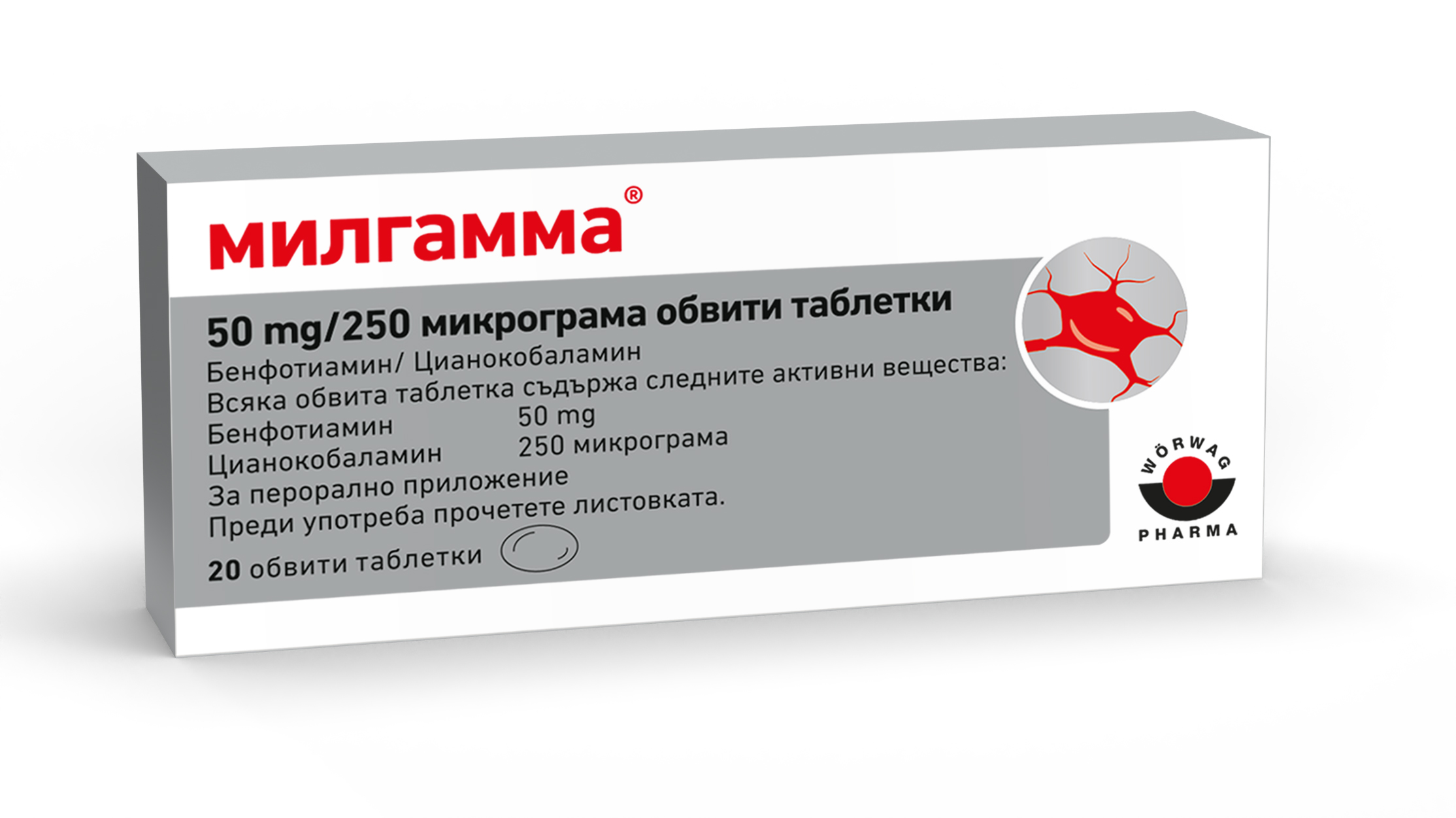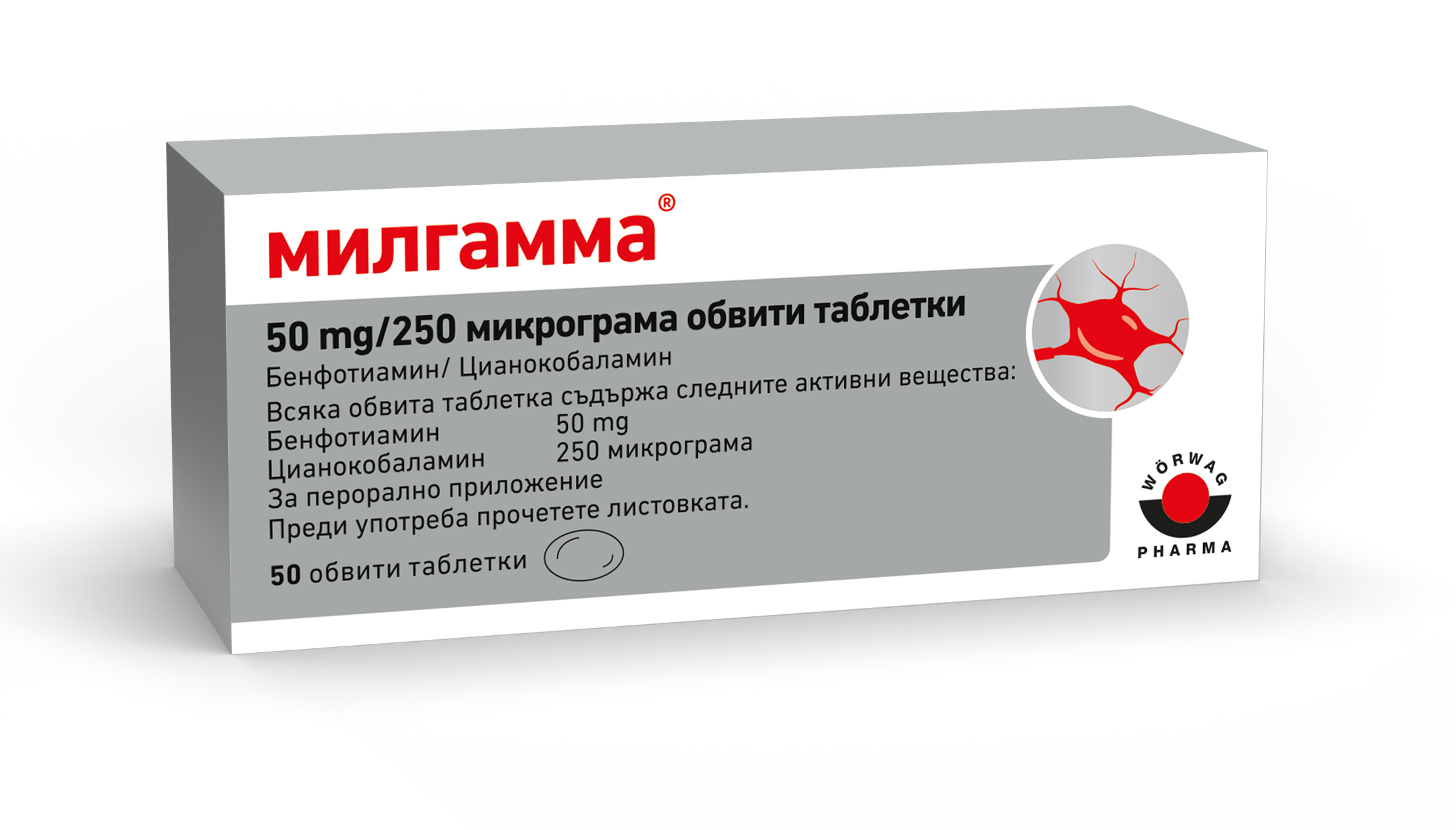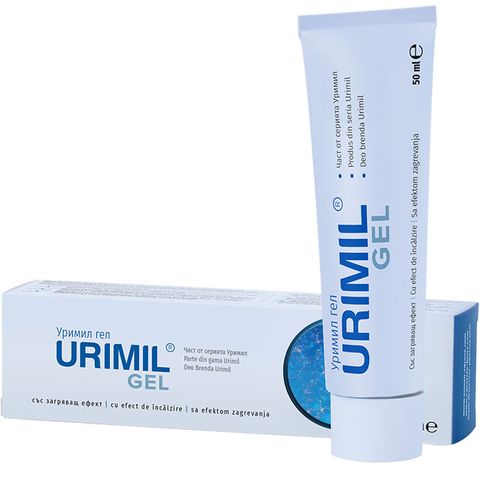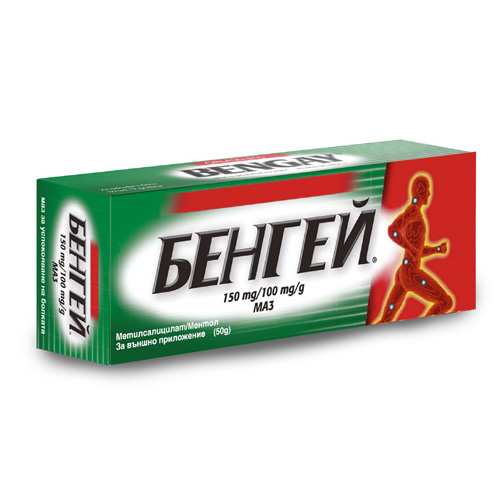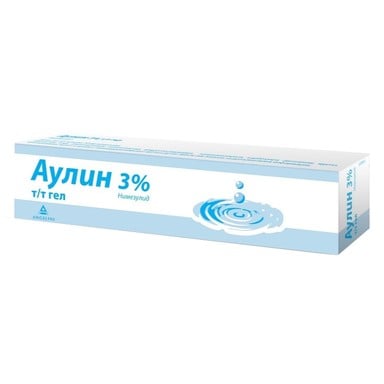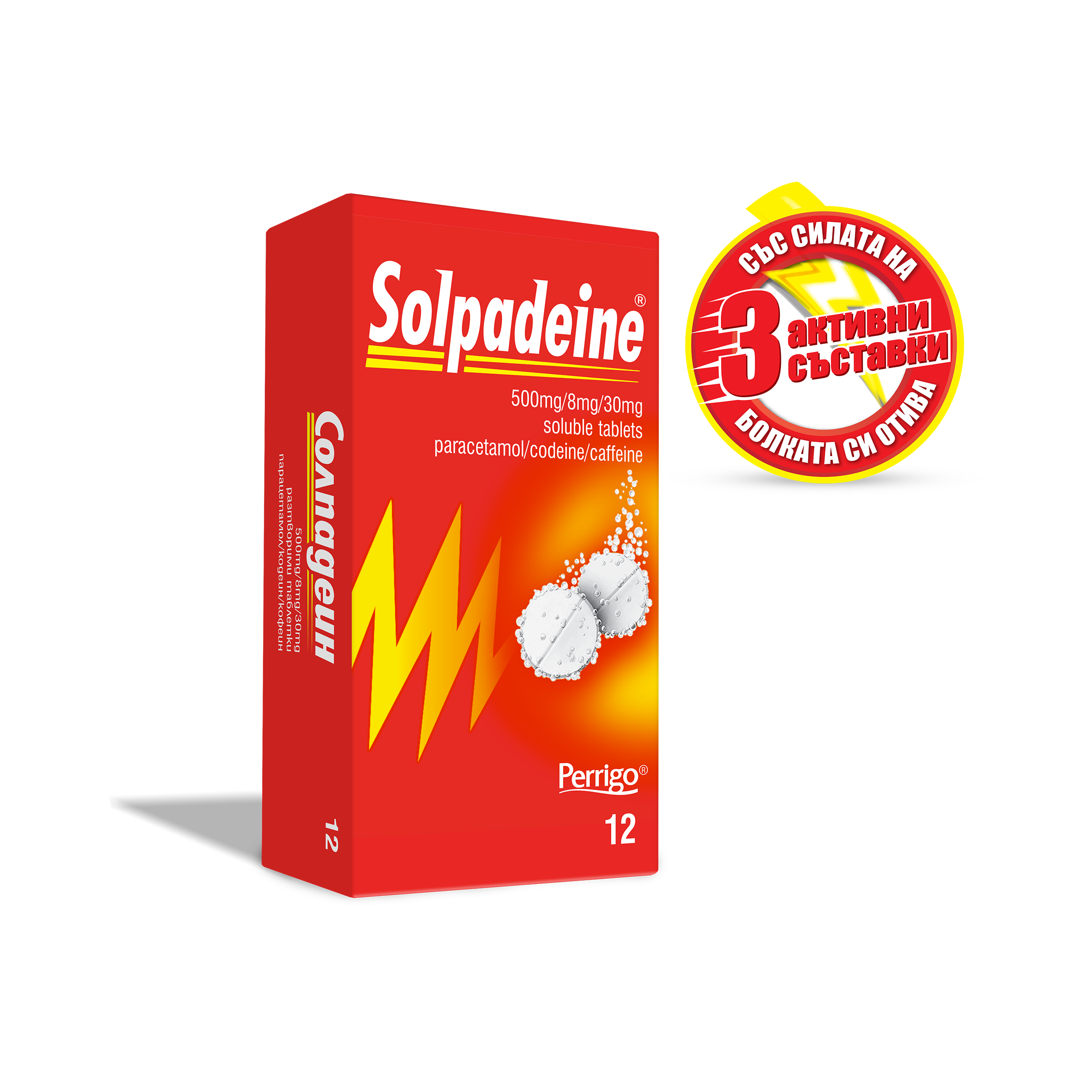MILGAMMA 50mg/250mcg x 100 tabl
SUMMARY OF PRODUCT CHARACTERISTICS
Milgamma
1. NAME OF THE MEDICINAL PRODUCT
Milgamma 50 mg/250 micrograms coated tablets
milgamma 50 mg/250 micrograms coated tablets
2. QUALITATIVE AND QUANTITATIVE COMPOSITION
Each coated tablet contains:
Benfotiamine (S-benzoylthiamine-O-monophosphate) ( Benfotiamine) 50 mg
Cyanocobalamin ( Cyanocobalamin ) 250 micrograms
Excipients with known effect :
Each tablet contains 101.225 mg lactose monohydrate, 1.750 mg redbrilliant (Quinoline yellow (E104), Azorubine (E122), Ponceau 4R (E124)), 144.100 mg sucrose and 2.800 mg glucose
For the full list of excipients, see section 6.1.
3. PHARMACEUTICAL FORM
Coated tablet
Red, round, convex, unscored, coated tablets.
4. CLINICAL DATA
4.1 Therapeutic indications
In the complex treatment of the following diseases:
Neurological diseases of various origins, neuropathies and polyneuropathies (diabetic, alcoholic, etc.), neuralgias, neuritis, herpes zoster, facial paresis (facial paresis), damage to the heart muscle due to vitamin B1 deficiency; rheumatic complaints, muscle pain; for symptoms of severe stress and during the period of convalescence (restoration of the body).
Milgamma coated tablets are used in adults
4.2 Dosage and administration
Dosage
Four times a day, 1 coated tablet, without chewing. In milder cases, as a strengthening agent and during the period of convalescence, 1-2 coated tablets are sufficient.
Pediatric population
The safety and efficacy of Milgamma coated tablets in children under 18 years of age have not been established.
Data is missing.
Method of administration
The coated tablets should be taken after meals with a little liquid, without chewing.
4.3 Contraindications
- Suspected hypersensitivity to the active substances or to any of the excipients listed in section 6.1.
- In case of ileus.
4.4 Special warnings and precautions for use
Due to the castor oil content, nausea, vomiting, colic, and in higher doses - a laxative effect may occur.
Due to the content of lactose, sucrose and glucose, patients with rare hereditary problems of fructose intolerance, lactose intolerance, glucose-galactose malabsorption, sucrase-isomaltase deficiency, lactase deficiency or galactosemia should not take this medicinal product.
In patients with psoriasis, treatment with Milgamma coated tablets should only be initiated after careful consideration of the benefits and risks of therapy, as the use of vitamin B12 may lead to worsening of skin efflorescence.
4.5 Interaction with other medicinal products and other forms of interaction
Thiamine is deactivated by 5-fluorouracil because 5-fluorouracil competitively inhibits the phosphorylation of thiamine to thiamine pyrophosphate.
Vitamin B12 absorption is reduced by colchicine, aminoglycoside antibiotics (e.g. neomycin), p -aminosalicylic acid, antiepileptic drugs (e.g. phenytoin, phenobarbital and primidone), cholestyramine, prolonged-release potassium preparations, methyldopa, gastric acid inhibitors (e.g. omeprazole, cimetidine) and biguanides (oral antidiabetic agents).
Patients treated with chloramphenicol may show a poor response to Vitamin B12 therapy .
Concomitant administration of Vitamin C and Vitamin B12 may lead to a decrease in the amounts of Vitamin B12 available in serum and its stores in the body.
4.6 Fertility, pregnancy and lactation
Pregnancy
During pregnancy and lactation, the recommended daily dose is 1.4 - 1.6 mg for vitamin B1 and 4 micrograms for vitamin B12 . For vitamin B1, this dose can be increased during pregnancy, only in case of diagnosed vitamin B1 deficiency, since the safety profile has not been established at doses higher than the recommended daily doses. Vitamin B12 has not shown harmful effects at higher doses.
Breastfeeding
Vitamin B1 and vitamin B12 pass into breast milk.
4.7 Effects on ability to drive and use machines
Milgamma coated tablets do not affect the ability to drive and use machines.
- Adverse drug reactions
When assessing adverse drug reactions, the following data on the frequency of their occurrence were used:
Very common (≥ 1/10)
Common (≥ 1/100 to ≤ 1/10)
Uncommon (≥ 1/1,000 to < 1/100)
Rare (≥ 1/10,000 to <1/1,000)
Very rare (<1/10,000),
Immune system disorders
Very rare: In isolated cases, hypersensitivity reactions (hives, skin rashes, asthma) may occur. The risk is higher in patients with hypersensitivity to acetylsalicylic acid.
Gastrointestinal disorders
Very rare: Isolated cases of gastrointestinal disorders such as: flatulence, diarrhoea, constipation, nausea, abdominal pain have been reported. Their relationship to the product and the dose dependence remain unclear.
Due to the castor oil content, nausea, vomiting, and colic may occur.
Skin and subcutaneous tissue disorders
Very rare: Acneiform and bullous rashes.
Reporting suspected adverse reactions
Reporting of suspected adverse reactions after authorisation of a medicinal product is important. This allows for continued monitoring of the benefit-risk balance of the medicinal product. Healthcare professionals are asked to report any suspected adverse reactions via:
Bulgaria
Executive Agency for Medicines
8 Damyan Gruev Street
1303 Sofia
Tel.: +35 928903417
website: www.bda.bg
4.9 Overdose
Cases of poisoning or overdose have not been reported so far.
a) Symptoms of intoxication
Not applicable, see above.
b) Treatment in case of intoxication:
Not applicable, see above
Antidotes:
Not applicable, see above
5. PHARMACOLOGICAL PROPERTIES
5.1 Pharmacodynamic properties
Pharmacotherapeutic group: Vitamin B 1 , in combination with vitamin B 6 and/or vitamin B 12 , ATC code: A11 DB 00
Neurotropic vitamins from the vitamin B-complex group have a beneficial effect in degenerative diseases of the nerves, related to metabolism and diseases of the locomotor system. Vitamins from the B-complex group are not only used to treat vitamin deficiency conditions. In high doses, vitamins from the B group have pharmacological properties that explain the analgesic, antineuralgic and regenerative effects that can be achieved in treatment with Milgamma coated tablets.
Benfotiamine belongs to the group of alithiamines and is a fat-soluble precursor of vitamin B1 .
It has the following advantages compared to water-soluble vitamin B1 :
- Benfotiamine is absorbed 3 to 5 times better than equivalent amounts
thiamine hydrochloride.
- The rate of conversion into active cocarboxylase after taking benfotiamine is 2-5 times higher than after taking the same amounts of water-soluble vitamin B1.
- Benfotiamine is incomparably more resistant to destruction by the enzyme thiaminase.
- After oral administration of even large amounts of benfotiamine, no anaphylactic reactions are observed.
- While thiamine hydrochloride suppresses intestinal peristalsis, benfotiamine has a mild excitatory effect on smooth muscle.
- Benfotiamine is tasteless and odorless. When taken, it does not cause the familiar unpleasant body odor that occurs with regular vitamin B1 .
Vitamin B12 (cyanocobalamin) is essential for cellular metabolism, normal blood formation and the functioning of the nervous system. It catalyzes the biological synthesis of nucleic acids, and thus the construction of new cell nuclei. In addition, in high doses, vitamin B12 has analgesic, antiallergic and blood-thinning effects.
5.2 Pharmacokinetic properties
After oral administration of benfotiamine, its dephosphorylation to fat-soluble S-benzoylthiamine (SBT) is carried out by phosphatases in the intestine. It is better absorbed than water-soluble thiamine derivatives, and from the circulating blood it passes into the interior of the cell, where enzymatic debenzoylation to thiamine takes place, which is then converted into the active coenzyme form (cocarboxylase, synonym – thiamine diphosphate) by thiamine kinases. About 1 mg of thiamine is broken down in the body daily. Excess thiamine is excreted in the urine.
Cocarboxylase is a coenzyme of pyruvate dehydrogenase, which plays a key role in the oxidative breakdown of glucose. Since energy production in nerve cells is mainly carried out by oxidative catabolism of glucose, an adequate supply of thiamine is of utmost importance for nerve function. When glucose levels increase, the need for thiamine also increases. Benfotiamine achieves higher intracellular concentrations of thiamine and the active coenzyme than when water-soluble thiamine derivatives are taken orally.
The lack of sufficient amounts of cocarboxylase in the blood leads to the accumulation of intermediate breakdown products such as pyruvate, lactate and ketoglutarate in the blood and tissues, to which the muscles, myocardium and central nervous system react particularly sensitively. Benfotiamine reduces the accumulation of these toxic substances. In therapeutic use, benfotiamine shows an analgesic effect.
Vitamin B12 released from food during the digestive process in the stomach binds to intrinsic factor (IF). This glycoprotein is formed by the parietal cells of the stomach. The vitamin B12 -IF complex is resistant to proteolytic enzymes and reaches the distal ileum, where it binds to specific receptors and thus the absorption of the vitamin occurs. Vitamin B12 is transferred from the mucosa into the capillary circulation, where it binds to its transport protein, transcobalamin. This complex is rapidly taken up by the liver, bone marrow and other proliferating cells.
Absorption is impaired in patients with a lack of intrinsic factor, as well as in patients with malabsorption, or with diseases or changes in the intestine, after gastrectomy, or in the formation of autoimmune antibodies. Normally, only 1.5-3.5 micrograms of vitamin B 12 are absorbed from food.
Vitamin B12 is excreted in the bile and is involved in the enterohepatic circulation. Vitamin B12 crosses the placenta.
Bioavailability
A comparative study by Bitsch (1990) on 10 male subjects showed a significantly higher bioavailability of benfotiamine compared to water-soluble thiamine mononitrate. The absorption of benfotiamine is dose-proportional, since the substance, due to its fat solubility (unlike thiamine), has absorption kinetics in which there is no saturation phase. On the other hand, after oral administration of water-soluble vitamin B 1, only a maximum of 10 mg can be absorbed. In addition, benfotiamine is retained in the tissues for a longer time.
Benfotiamine is clearly superior to other fat-soluble thiamine derivatives. Bitsch (1992) showed in a comparative cross - over study that, for example, the AUC values (area under the concentration-time curve) in plasma after administration of benfotiamine exceeded the corresponding values for fursultiamine by a factor of four. The maximum thiamine concentration (c max ) in plasma after administration of benfotiamine showed a value that was more than twice as high as the values for fursultiamine.
Suitable for determining vitamin B1 status are measurements of thiamine diphosphate-dependent enzyme activity in erythrocytes, such as that of transketolase (ETK) and the extent to which they can be activated (α-ETK activation coefficient). Plasma ETK concentrations are between 2 and 4 micrograms/100 ml.
Plasma concentrations of vitamin B12 are normally 200-900 pg/ml, and in case of deficiency <200 pg/ml. Circulating vitamin B12 accounts for only 0.1% of the total amount of the vitamin.
The daily requirement for vitamin B12 is about 1 microgram. Vitamin B12 that does not circulate in the body accumulates mainly in the liver. With a body pool of 3-5 mg , the amount contained in the liver represents 50-90% of the total.
Vitamin B12 absorption is inhibited by colchicine, ethanol, and neomycin (parenteral administration is shown here). Oral antidiabetic agents of the biguanide type, para-aminosalicylic acid, as well as chloramphenicol and vitamin C interfere with vitamin B12 absorption.
The biological half-life of cyanocobalamin in plasma is 123 hours.
5.3 Preclinical safety data
The available literature and decades of therapeutic experience do not provide any indications of mutagenic, carcinogenic or reproductively toxic properties of benfotiamine and vitamin B12 .
6. PHARMACEUTICAL PARTICULARS
6.1 List of excipients
Talc,
Lactose monohydrate,
Sucrose,
Cornstarch,
Gelatin,
Microcrystalline cellulose,
Stearic acid,
Dextrin,
Calcium carbonate,
Shellac,
Glucose syrup,
Castor oil,
White wax,
Carnauba wax,
Colorants:
Titanium dioxide (171),
Redbrilliant (Quinoline yellow (E104), Azorubine (E122), Ponceau 4R (E124).
6.2 Incompatibilities
In most cases, benfotiamine does not show the incompatibilities characteristic of thiamine. Only in combination with aminophylline, with vitamin C, and at high temperatures, as well as at high humidity and in combination with vitamin B 2 , color changes of the substance occur.
Vitamin B 12 is incompatible with oxidizing and reducing substances and with salts of heavy metals. In thiamine-containing solutions, vitamin B 12 , like other B-complex factors, is rapidly destroyed by the breakdown products of thiamine (iron ions in low concentrations can prevent this). Riboflavin, especially when exposed to light, also has a destructive effect; nicotinamide accelerates photolysis, while antioxidants suppress it.
6.3 Shelf life
5 years.
6.4 Special storage conditions
Store below 25°C!
Store in the original package in order to protect from light.
- Type and contents of the package
Coated tablets in white opaque PVC/PVDC/Al blisters.
Original packs of 20, 50 or 100 coated tablets.
Not all types of packaging can be released for sale.
6.6 Special precautions for disposal < and handling >
There are no special disposal requirements.
Any unused medicinal product or waste material should be disposed of in accordance with local requirements.
7. MARKETING AUTHORISATION HOLDER
Wörwag Pharma GmbH & Co.KG
Calwer Street 7
71034 Böblingen
Germany
Tel.: +49(0)7031/6204-0
Fax: +49(0)7031/6204-31
Email: info@woerwagpharma.com
8. MARKETING AUTHORISATION NUMBER(S)
20010371
9. DATE OF FIRST AUTHORISATION/RENEWAL OF THE AUTHORISATION
Date of first authorisation: 26 April 1994
Last updated: December 5, 2011
10. DATE OF TEXT UPDATE
10/2017


